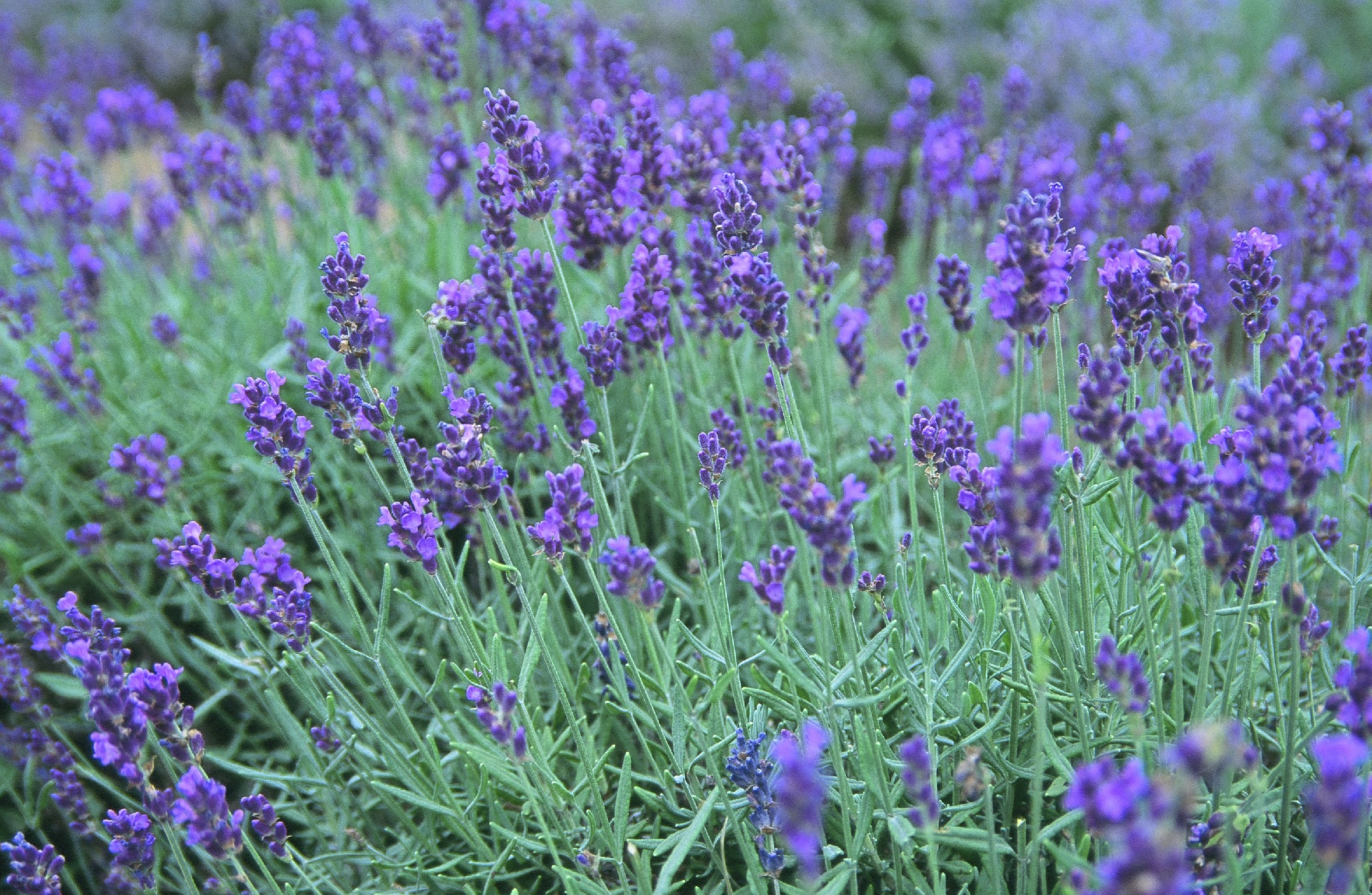
Lavender is as beautiful as it is hardy. Although often associated with English gardens, lavender is native to the Mediterranean where it grows in dry, sunny and rocky conditions. Fortunately, lavender can adapt to a variety of different growing conditions. For example, lavender thrives here in the Pacific Northwest where the weather is mild yet wet.
In any climate, soil composition is the secret to growing strong, healthy lavender plants with high concentrations of essential oils. Lavender plants prefer well-drained, “lean soil” like clay or sand that does not contain much humus or rich organic nutrients. This makes sense as Mediterranean soils are generally deficient in humus, with few major nutrients like nitrogen, phosphorus and potassium. (Compare this to the Western Sword Fern, a native of the Pacific Northwest that does best in soil that is rich, loamy and moist.)
Aside from moving to the Mediterranean—a tempting idea during the cold and rainy months of winter—how can gardeners encourage the growth of strong, fragrant flower spikes? Here are some suggestions for getting plants off to a good start:
1. When planting lavender in the ground, make sure that soil is well-worked and loose enough to dig with bare hands. Add a remineralizing soil booster like Cascade Minerals. Made of 100% finely milled volcanic basalt, it mimics the rocky conditions of lavender’s natural habitat and provides plants with essential minerals and trace elements to encourage the production of higher concentrations of essential oils.
2. Ensure proper drainage by mounding up soil to prevent water from pooling around the roots (a sure-fire way to kill lavender). In areas with high humidity, give plants plenty of space to allow for adequate air flow. When watering, water when the soil—not the plant—appears dry.
3. Forget the synthetic fertilizer, which contributes to leaf growth but does little for flowering. Lavender is also very sensitive to over fertilization, so it’s best to stick with all-natural products like volcanic rock dust that mimic lavender’s native growing conditions and provide plants with the nutrients that enhance fragrance and boost production of essential oils.
4. Encourage good growth and flower development with proper annual pruning. Here in the Pacific Northwest, the best time to prune is in the late fall after plants have bloomed. Cut flowers down to two leaf nodes above the grey and woody part of the stem, leaving about 2 inches of green stalk. This maintains the shape of plants and keeps them from becoming leggy and woody over time.
With just a bit of effort, you’ll soon have beautiful, well-established lavender plants that can withstand a variety of conditions.
